How Long Do Skis Last? Average Lifespan + When To Replace
Summit Skier contains affiliate links and is a member of the Amazon Services LLC Associates Program. If you make a purchase using one of these Amazon links, I may receive compensation at no extra cost to you. See my Disclosure Policy for more information.
Skiing can get pretty pricey, and if you’re thinking about buying skis, you might wonder how long they’ll last. Or maybe you’ve been skiing for a while and have a favorite pair that’s starting to feel worn out. You’re probably wondering if it’s time to replace them.
I’ve been in both situations, so I can share some insights into when it’s a good idea to get new skis. In this guide, I’ll explain how long skis typically last and when you should think about getting a new set!
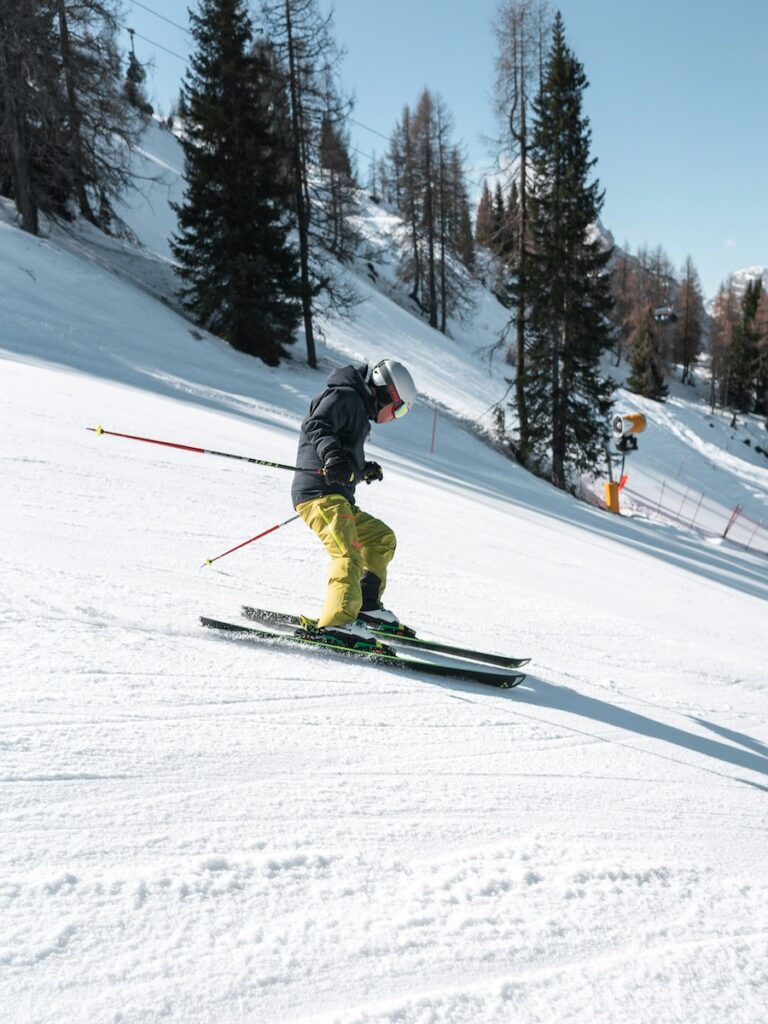
How Long Do Skis Last?
Skis typically have a lifespan of around 100 days of use. For dedicated skiers who hit the slopes frequently, this might mean one ski season. On the other hand, occasional skiers might extend this to about ten years!
Generally, you can anticipate using your skis for about 100 days before considering a replacement.
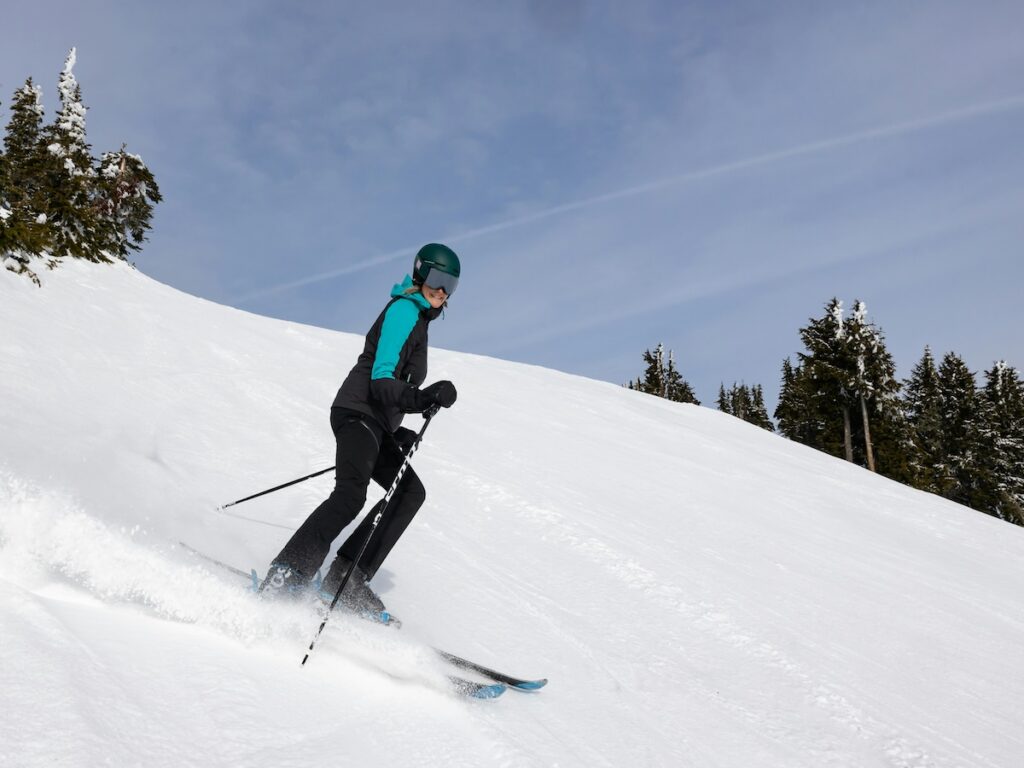
Factors That Affect How Long Your Skis Will Last
There are several factors that can affect how long your skis will last. Below I have outlined the key components that contribute to how long your skis will stay in good shape.
1. Tuning Your Skis
Regularly tuning your skis is crucial for maintaining their performance, but it’s essential not to overdo it. Tuning involves tasks like waxing, sharpening edges, and repairing any damage from encounters with obstacles like tree limbs or rocks. This maintenance restores your skis’ performance, providing a refreshed skiing experience.
It’s important to tune your skis after significant use, but be cautious not to tune them excessively, as this can make them too thin and less effective on the slopes.
Although you can certainly tackle ski tuning at home with your ski wax iron and a few tools, I suggest visiting a professional for this task. It’s their expertise, and they can offer valuable advice on maintaining your skis for long-lasting performance.
Personally, I prefer going to REI for ski tuning. They know how to get it right, and it’s convenient to browse gear while I’m there.
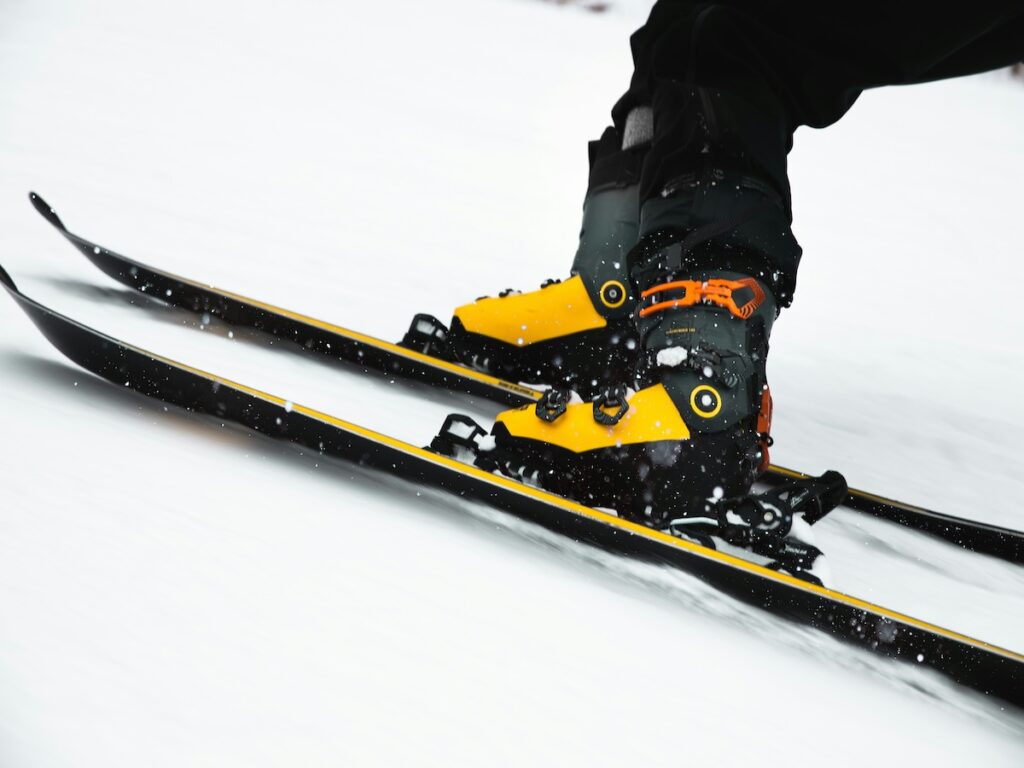
2. The Type Of Skiing Terrain You Frequently Go Down
Skis used extensively on challenging terrains like moguls, steep chutes, back bowls, and tree glades tend to wear out faster than those primarily used on smoother, groomed runs.
3. How You Store Your Skis
Ensuring proper storage for your ski gear can significantly impact the lifespan of your skis. To store them correctly, dry off any excess water, wax and sharpen them, and keep them in a location that’s neither too hot nor too cold. Ideally, use a padded ski strap to keep them upright, avoiding laying them horizontally on the floor.
Good ski storage practices can extend the life of your skis; neglecting them can lead to rust and damage.
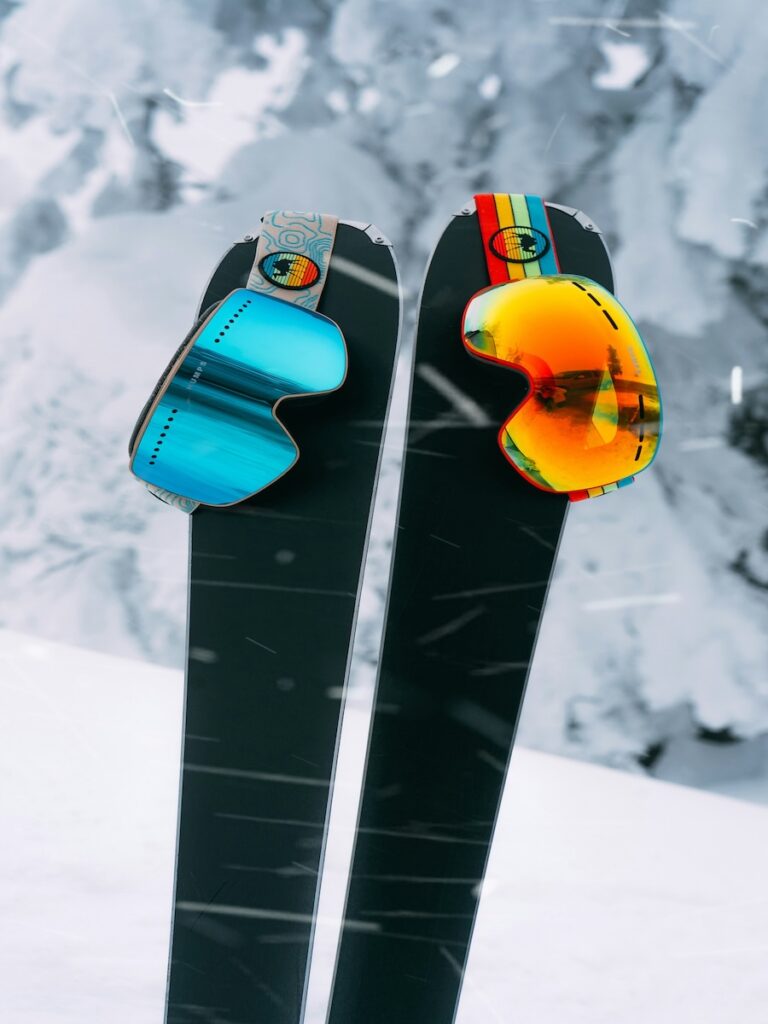
4. The Brand Of Skis You Purchase
The brand of skis you choose is a significant factor that can influence their longevity. Opting for a cheaper brand often means lower quality and a shorter lifespan for your skis.
Personally, I’ve always favored K2 skis; I find their quality superb, and each pair I’ve owned has lasted me several seasons.
In contrast, lesser-known or cheaper brands usually have lower overall quality compared to well-established brands like K2, Solomon, and Rossignol, leading to shorter lifespans.
🌟 Grab your own pair of K2 skis here!
5. How Often You Use Your Skis
Using your skis extensively throughout the winter season, skiing daily, will naturally lead to a shorter lifespan for your skis. Like with most things in life, the more frequently you use them, the faster they wear and tear.
6. Your Skill Level
One of the primary reasons I’ve upgraded my skis over time is because my skiing skills have progressed. As my proficiency improves, I find the need for skis that match my evolving abilities. Initially, I rented skis, then invested in a quality pair suitable for groomed runs.
As I ventured into more challenging terrains like intense powder days and back bowls, I required skis that could keep up with my advancing skills.
If you anticipate your skills to keep improving, you’ll likely find yourself outgrowing your skis sooner compared to staying at a consistent skill level.
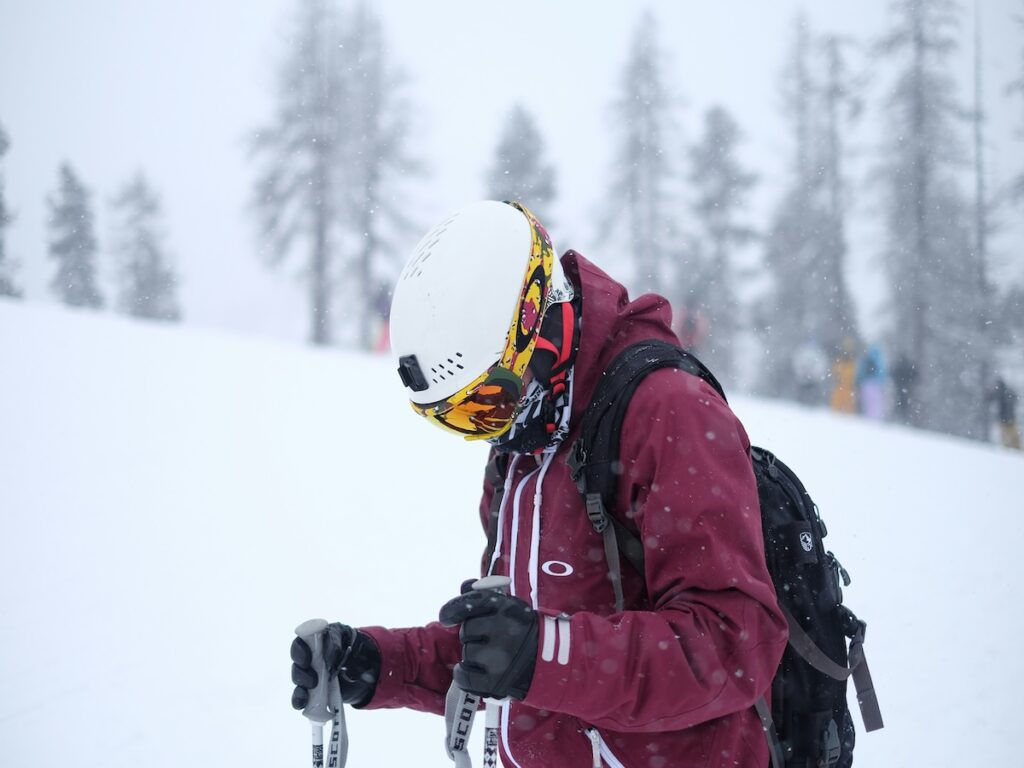
When To Replace Old Skis
If you’re wondering about the signs indicating it’s time to retire your old skis, there are several key factors to consider that signal the need for a new pair.
👉🏼 When Your Ski Performance Doesn’t Feel The Same
If you’re feeling frustrated and sensing that something isn’t right while skiing, it might not be your skills; it could be your skis.
If this persists, I recommend visiting REI or a nearby ski shop. Explain what you’re experiencing, how long you’ve had your skis, and they’ll likely inspect them to determine if it’s time to retire them or offer advice if the issue isn’t related to the skis.
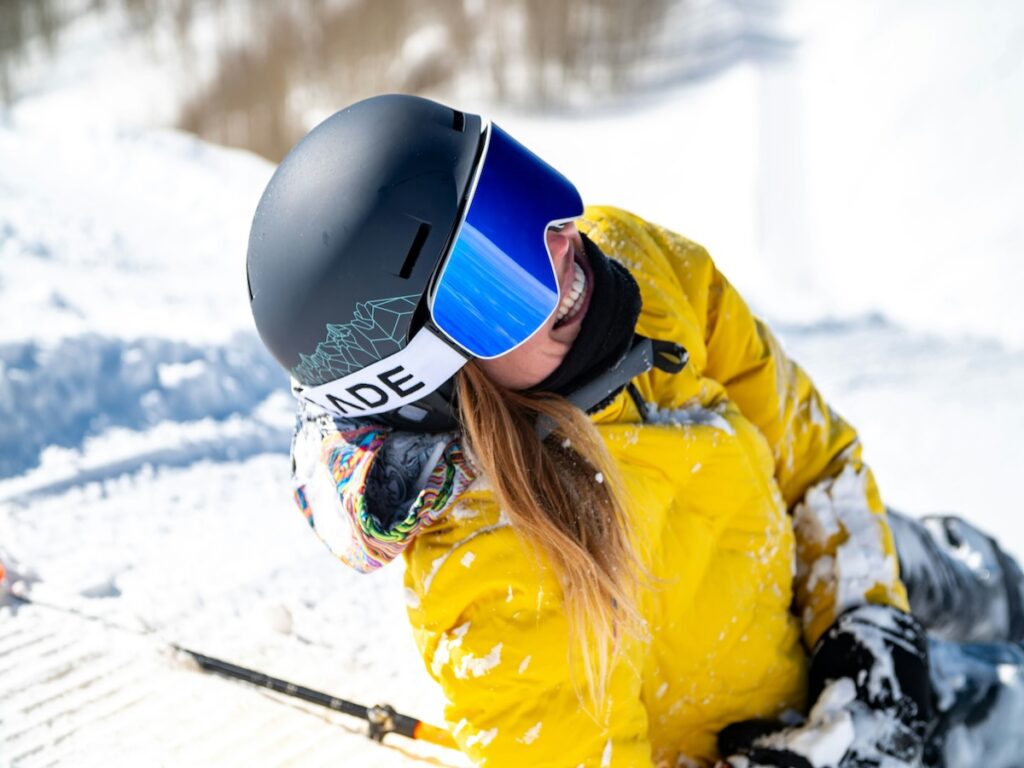
👉🏼 When You Notice Significant Damage To Your Skis
This is probably the easiest and #1 sign it’s time to ditch your old skis. I can’t tell you how many times my husband and I have accidentally taken out chunks of our skis and snowboards because we love to hit the back areas and tree runs.
When you start noticing large chunks missing, it’s a clear signal that it’s time to consider getting a new pair of skis.
👉🏼 When You Think New Ski Technology Could Improve Your Experience
Ski technology usually updates every five years, but with today’s pace, it can seem like yearly upgrades! If you feel your gear is behind, think about upgrading to skis with newer tech to boost your skiing enjoyment.
👉🏼 When You Have Outgrown Your Skis (Physically Or Skill Wise)
If you’ve grown taller, changed weight, or significantly improved your skiing skills, it might be time for new skis that fit you better!
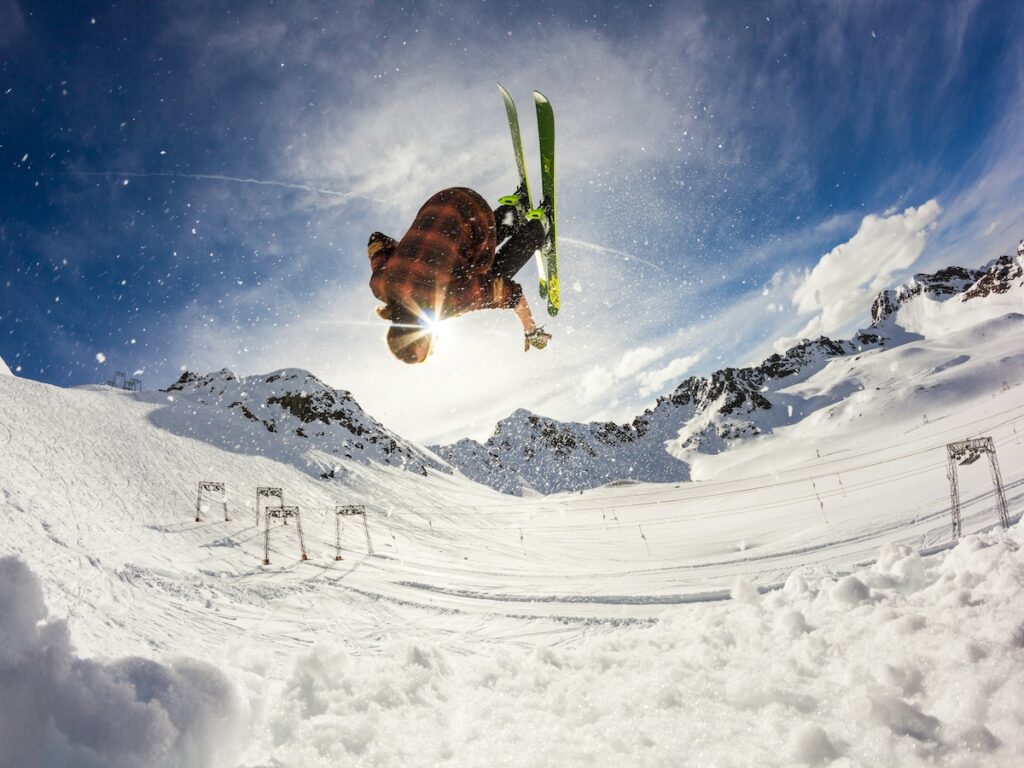
FAQs About The Average Lifespan Of Skis
Continue reading below as I answer a handful of frequently asked questions about the average lifespan of skis.
How often should you replace skis?
You should replace skis every 5 to 10 years depending on their condition and your skillset.
How do you know if your skis are worn out?
You will know your skis are worn out by looking at your edges, seeing any rust, or noticing any divots or chunks taken out from the bottom of your skis.
When to buy a new ski?
You should buy a new ski when you notice damage, your ski performance has gone down, you have outgrown your ski, or you think new technology will help better your experience.
How many times can skis be sharpened?
You should get your skis sharpened about every 3 to 5 days depending on your ski style. How many times you can get them sharpened depends on the conditions of your skis and what a professional ski tuner recommends.
Do I need to wax my skis every year?
Yes, you should get your skis waxed every year.
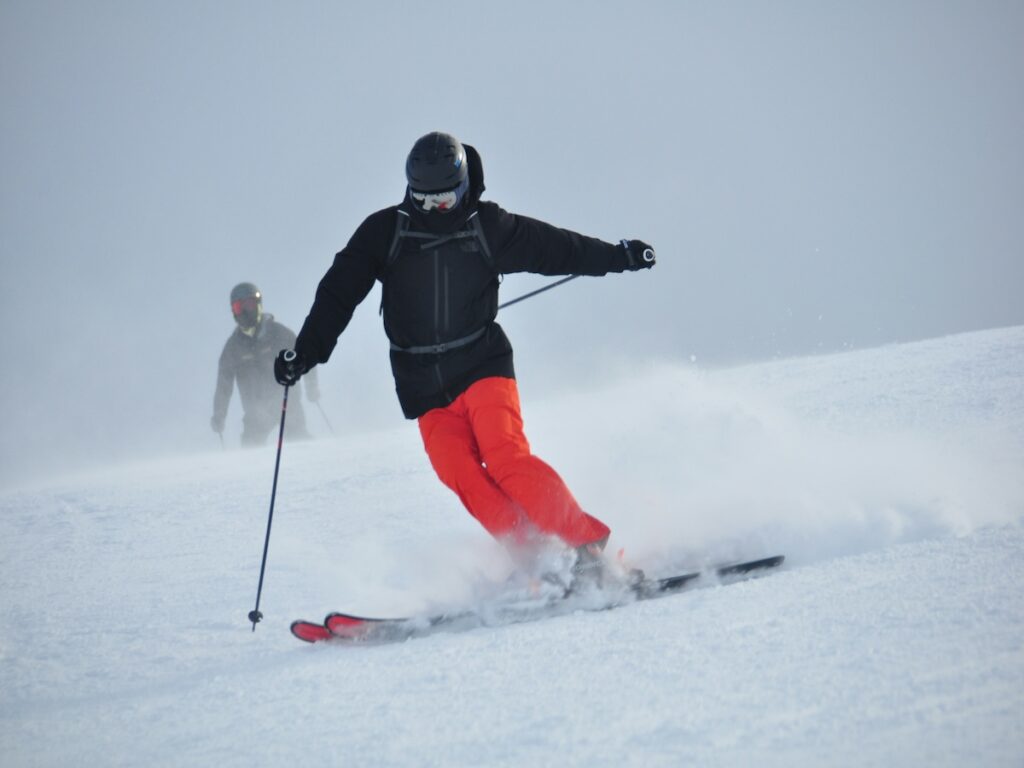
Final Thoughts On How Long Do Skis Last?
Skiing is a pretty expensive hobby but thankfully skis typically have a pretty long lifespan. They generally have a lifespan of about 100 days, though this can vary based on how diligently you maintain them. With proper care, skis can last for several years, but neglecting maintenance can significantly shorten their lifespan.